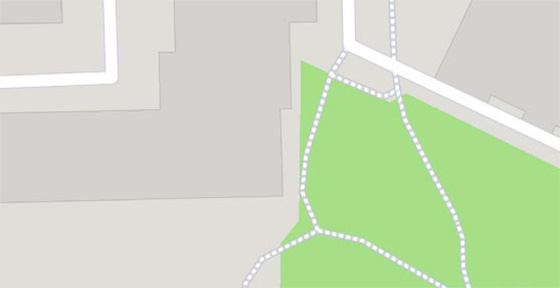The Norbertine monastery in Tepla was founded at the end of the 12th century. Only the Romanesque-Gothic church has survived from the original monastery. The monastery buildings were rebuilt in the baroque style at the turn of the 17th and 18th centuries. In addition to the temple, there are also cloister cloisters, a library and a small museum. A hotel operates at the monastery.
The monastery was founded by the blessed Hroznata, a Czech nobleman, as a compensation for not taking part in the Crusade to the Holy Land. In 1193 he brought to Tepla Norbertans from Prague Strahov. The monastery flourished at the turn of the 17th and 18th centuries. New residential buildings were built then according to the design of Dienzenhofer. After World War II, the monastery fell into ruin. In 1999, Norbertans returned to him, who began renovating the entire complex.
The main part of the monastery complex is a stone monastery built on a cross plan with two towers in the facade. Its facade and interior are decorated with stone sculptures. The doors are surrounded by Romanesque portals. Two quadrangles of buildings are adjacent to the church. Tourists can enter the library with valuable antique prints and the museum, which presents documents, liturgical equipment and monuments showing the history of the monastery.
Attractions inside




